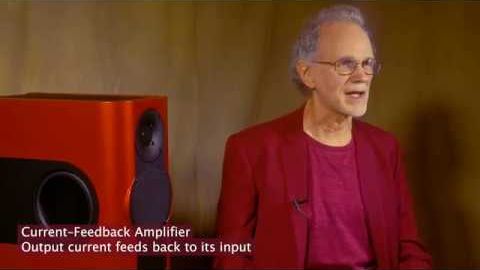鮑勃-卡茨 - Kii Talk #1 (Bob Katz - Kii Talk #1)
 沒有此條件下的單字
沒有此條件下的單字US /ɪˈvɛntʃuəli/
・
UK /ɪˈventʃuəli/
US /əˈprəʊtʃ/
・
UK /ə'prəʊtʃ/
- v.t./i.逼近;找...商量
- n. (c./u.)通道;入口;接洽;處理方式;方法
US /ɪmˈpruv/
・
UK /ɪm'pru:v/
US /ædˈvæntɪdʒ/
・
UK /əd'vɑ:ntɪdʒ/
- n. (c./u.)優勢;優點;利益
- v.t.利用;佔便宜
